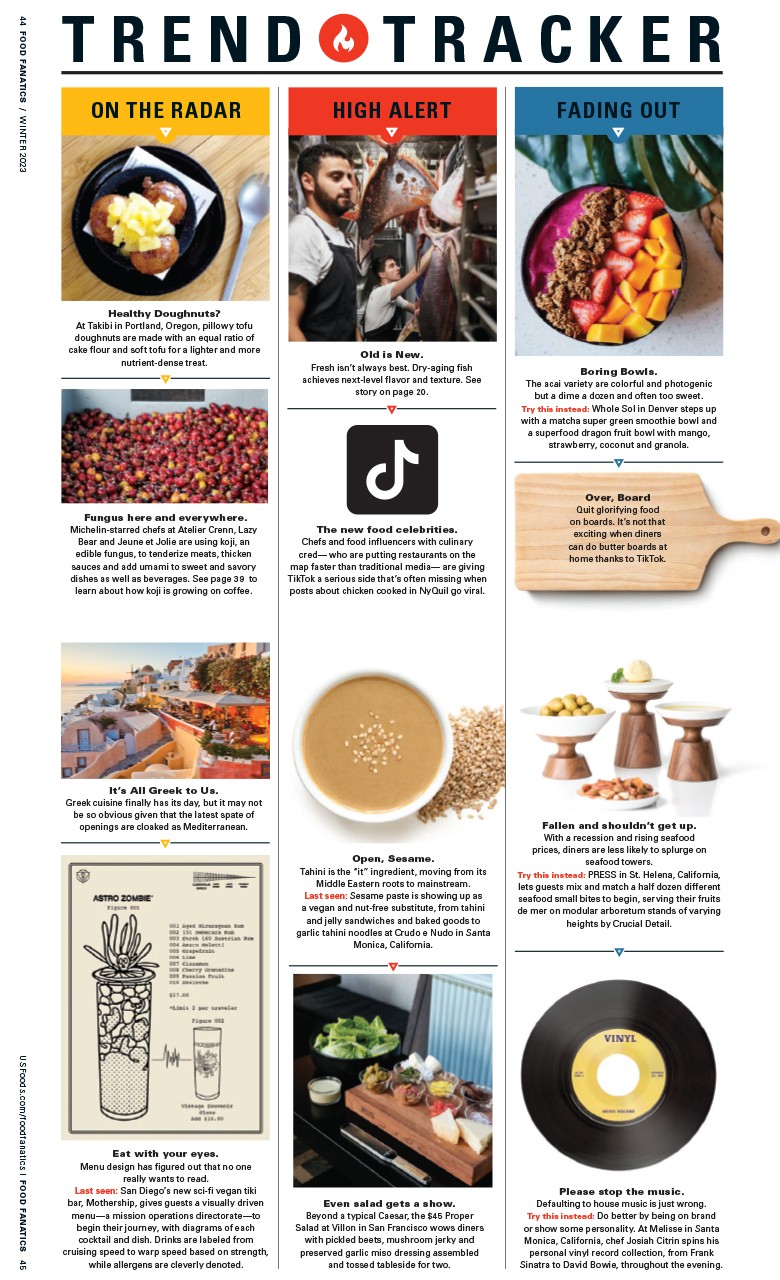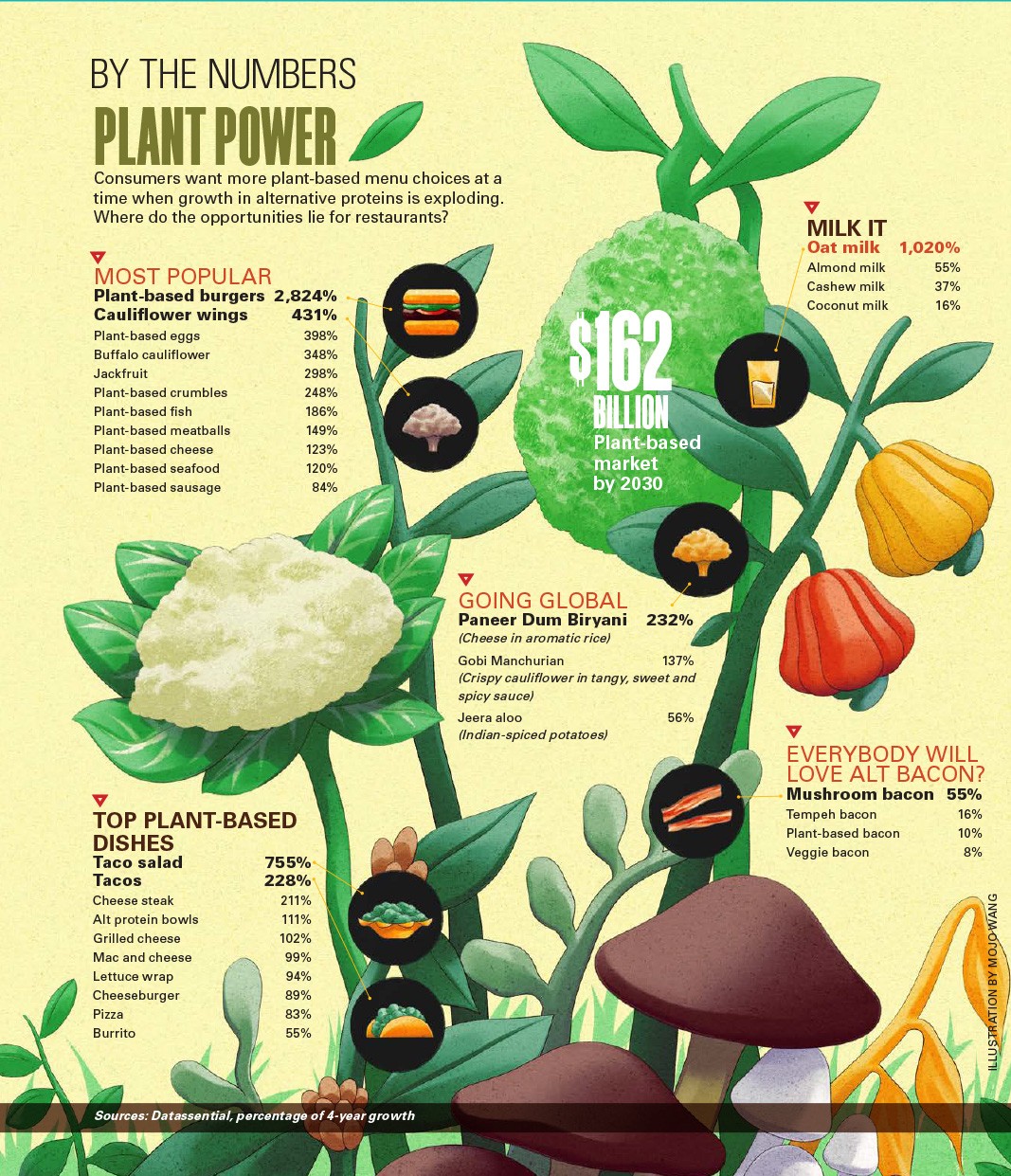SUSTAINABILITY BEYOND THE MENU
Four areas to dive deeper into climate consciousness
 .
. 
Turning your restaurant into a pinnacle of sustainability – or just getting started – can be overwhelming, especially when just about every facet of the business presents an opportunity.
Most operators think of the kitchen and menu first: buying seasonally, whole plant and animal butchery and controlling inventory. But there’s so much more, chefs and restaurateurs say. Thinking deeper along the lines of packaging, food waste, operations and equipment can have a significant impact, energizing you and the staff. With momentum, climate-conscious thinking becomes second nature.
“Start with a plan,” says John Salvador, director of sustainability for Georgia-Pacific, one of the world's largest manufacturers and distributors of responsibly made packaging and household and restaurant goods, from tissue to towel dispensers. “Ask yourself, ‘what do you want to accomplish?’ And then act accordingly. Are the environmental philosophies and practices of the companies you do business with aligned with yours? There are a lot of ways to implement your goals to reduce waste headed for the landfill.”
To begin, consider:
1. PACKAGING
Earth-friendly packaging for on and off-premise dining – from plates and cutlery to serving trays and containers – is arguably the easiest start to sustainability. But it can also be the most confusing. Barring states with specific mandates and rules, sustainable packaging can be tackled in myriad ways. Eliminate single use plastic, but understand the difference between recycled materials (recycled and post-recycled) that ideally should be 100% recycled content. It’s a myth that earth-friendly packaging is always costlier and can’t accommodate the needs of hot or cold food. Remember that costs can be passed onto diners, a majority of whom want earth-friendly packaging and are willing to pay for it, according to food consultancy Datassential and the National Restaurant Association. Also expect advances in packaging, especially in compostability.
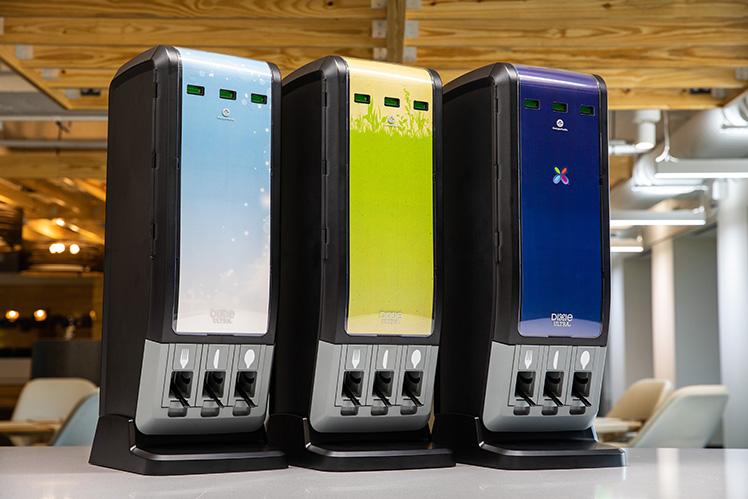
Go Deeper: Consider everything that comes into your restaurant in terms of how it’s packaged. Ensure that these materials are not unhealthy for the Earth; will it be re-used, repurposed, recycled or composted? Single-dispense cutlery devices holding post-recycled forks, spoons or knives are a double win, reducing cost (diners take fewer) while being more earth-friendly. For example, enMotion® paper towel dispensers can reduce towel usage by 30%, and SmartStock® Tri-Tower cutlery dispensers can reduce cutlery usage by 31%, Salvador says. “Independents (restaurants) think of portion control in terms of food. We think of portion control in terms of usage.”
2. FOOD WASTE
Limiting food waste isn’t an exact science but it’s close when point of sales (POS) systems offer forecasting and tracking as well as linking purchasing and inventory – precisely why a solid POS is essential. Restaurants are increasingly collecting waste for composting as businesses that offer the service have grown. Several platforms also have emerged to help restaurants reduce food waste. They include the app TooGoodToGo, which helps foodservice outlets sell end-of-the day items at a fixed but lower price and Goodr, which links restaurants to hunger relief organizations.
Go Deeper: To ensure nothing goes to waste, use compostable food service plates and napkins which can go right into the compost bin, whether it’s yours or your diners. Just be sure to let them know.
3. OPERATIONS
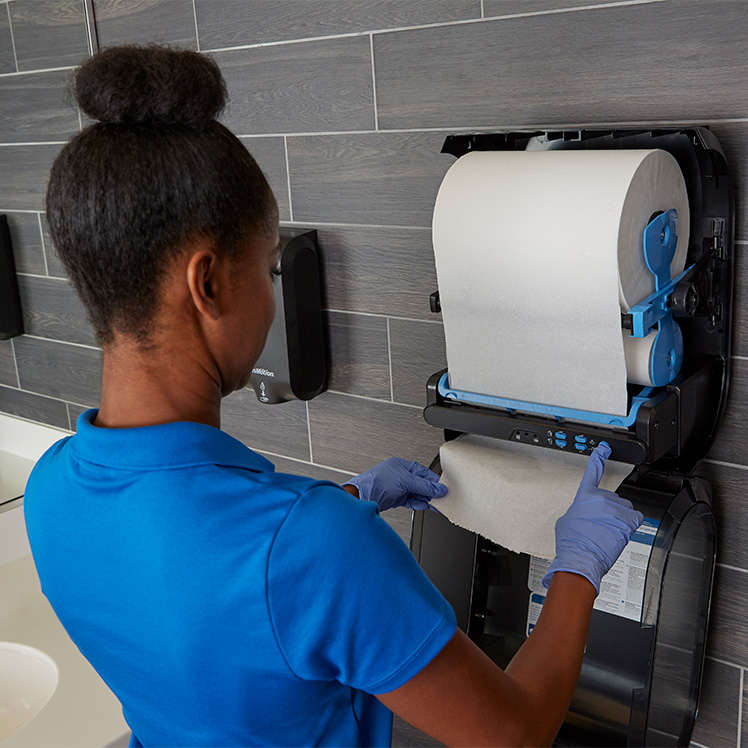 A build-out presents an ideal time to become greener when you consider sustainable materials, furniture constructed from repurposed wood, solar lighting and even sustainable paint. Nancy Silverton, co-owner of Osteria Mozza in Los Angeles, hired sustainability consultant Footprint, which identified ways to reduce waste, redesigned the restaurant’s waste system and trained staff. But existing restaurants can also reduce their carbon footprint through everyday purchases, from towels made from post-recycled materials to cleaning products and earth-friendly soap and detergents.
A build-out presents an ideal time to become greener when you consider sustainable materials, furniture constructed from repurposed wood, solar lighting and even sustainable paint. Nancy Silverton, co-owner of Osteria Mozza in Los Angeles, hired sustainability consultant Footprint, which identified ways to reduce waste, redesigned the restaurant’s waste system and trained staff. But existing restaurants can also reduce their carbon footprint through everyday purchases, from towels made from post-recycled materials to cleaning products and earth-friendly soap and detergents.
Go Deeper: Equipment with sensors alerting staff when dispensers are nearing empty helps save on labor, saving personnel from regularly checking and guards against annoyed diners finding no soap or towels in the restrooms. “Think of efficiency,” Salvador says
4. EQUIPMENT
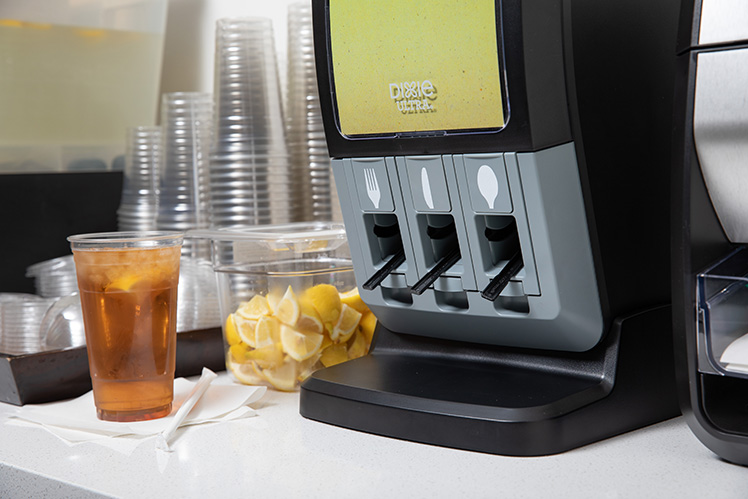 Energy-efficient appliances, low-flow taps and motion-detected lighting are commonplace but not all are created equal. Manufacturers offer rebates and incentives on equipment that save in the long run but also show immediate returns on lower energy bills.
Energy-efficient appliances, low-flow taps and motion-detected lighting are commonplace but not all are created equal. Manufacturers offer rebates and incentives on equipment that save in the long run but also show immediate returns on lower energy bills.
Go Deeper: Ask your food distributor about the latest advancements, particular in automation that can save on labor. If you haven’t purchased equipment in the last several years, new technology may surprise you, from towel and cutlery dispensers that reduce materials that end up in the landfill to dishwashers that use far less energy and water as well as refrigeration that prolongs the life of perishables.
SUSTAINABILITY RESOURCES
The James Beard Foundation
JBF has assisted more than 400 operators with its Chef Bootcamp for Policy and Change, a program aimed at advocating for better policies around sustainable food systems. Resources can be found on their Virtual Education Library, with a direct link to the its sustainability playlist, a collection of six videos covering topics like food waste and its sustainable seafood program Smart Catch.
The Green Restaurant Association
Whether or not your restaurant seeks certification, the organization provides a wealth of information on every aspect of you making your operation green, from detailed explanation of smarter earth-friendly practices to resources for finding sustainable products.


